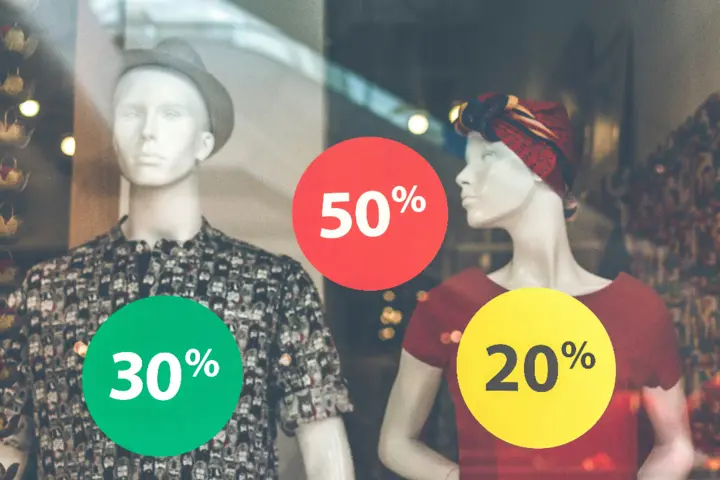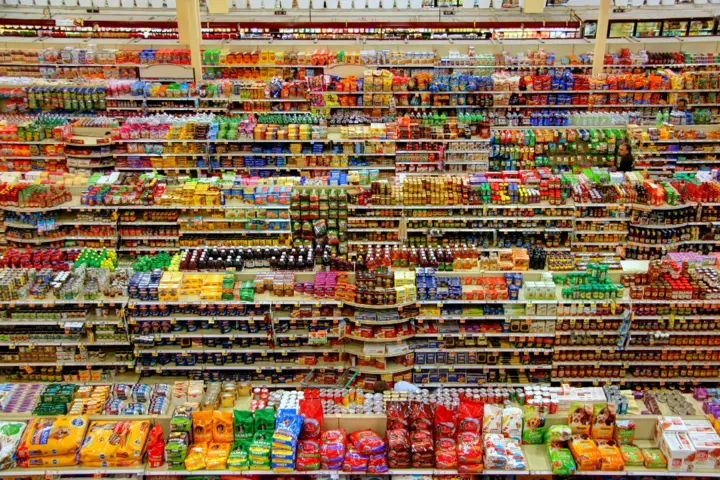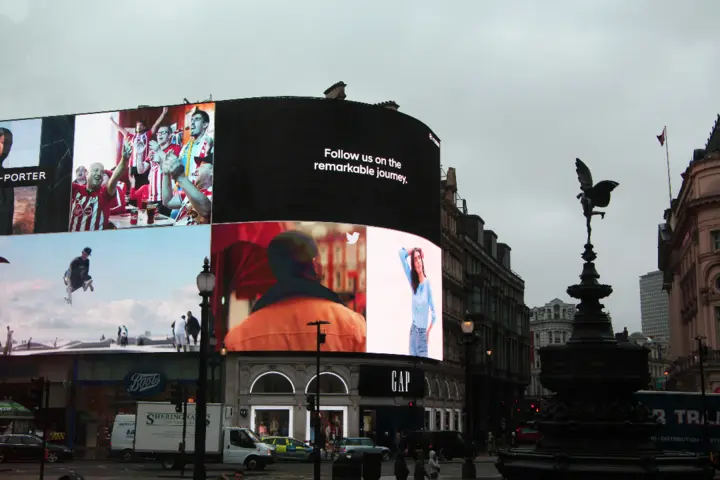Revealing secrets: How ads skillfully manipulate your purchasing decisions
Have you ever bought something very expensive, but convinced yourself that it was worth it because of the brand name or ordered something on a complete whim, even when you didn't need it? "Free choice" does not really exist in our modern era, where media of all kinds – magazines, newspapers, television, radio, billboards, the Internet – are flooded with advertisements for countless products. Businesses thrive because of advertising, which is why advertising and marketing are two of the things every entrepreneur should focus on. In recent years, there has been a marked increase in research on the effectiveness of advertising.
Show key points
- Consumers often justify unnecessary or expensive purchases based on brand influence or emotional impulse rather than actual need.
- Advertising exploits psychological principles like MINDSPACE to subtly influence consumer behavior across multiple sensory and cognitive dimensions.
- Sales promotions such as "Buy 1 Get 1 Free" are effective because consumers perceive them as additional gains rather than just savings.
- ADVERTISEMENT
- Celebrity endorsements and social norms play a crucial role in shaping purchasing decisions by linking products with status and acceptance.
- People tend to accept pre-set choices or defaults due to cognitive laziness, avoiding the effort required to seek alternatives.
- Emotional appeals and repeated exposure in advertisements trigger memory and attention biases, increasing the likelihood of product selection.
- Tactics like offering free samples or connecting purchases to altruistic causes foster implicit commitments and shape self-perception to encourage purchases.
A theory called "MINDSPACE" was developed by O'Donell et al. in (2009) to influence behavior across public policy by observing trends used by successful advertisers. This built-in theory may help explain how advertisers can (and do!) manipulate consumer behavior.
Recommend
I. Incentives

This holiday season, there will be a large number of stores offering beautiful offers to attract customers. However, the words that close the deal for many are "sale!" and "discount!". Even more surprising is the consumer's tendency to prefer add-ons over purchases (buy 1 get 1 free / buy X get y free) even on discounted prices!
This unusual preference can be explained with the help of probability theory, which states that people think about choice in terms of gains and losses, but not based on the value of the bottom line. Additions to purchases seem like an additional gain, while a promotion only looks like a reduction in the financial loss that a person will incur due to purchasing the product, although the core value remains the same. Profit outweighs loss, which is why the Buy 1 Get 1 Free promotions are so successful!
M – Messenger (Source)

The people who appear on the silver screen, those with professional authority, and anyone known to the masses all have a certain charismatic charisma. When these people endorse a product, we as consumers may be convinced of the quality of the product or may be tempted to buy it, even if only to imitate the sponsor, because we positively empathize with these public figures or celebrities.
N-Norms

People tend to get along in some ways until they are accepted by the desired category of individuals. Smart advertisers understand this need for belonging, and exploit it at every turn. Why do you think people prefer coffee (even though it tastes bitter and doesn't resemble coffee at all) from an expensive chain of cafes rather than a local café that serves coffee that undoubtedly tastes better? The answer is simple: it makes you look great, so, the social elite go to this store! Advertisers sell you the lifestyles of your dreams by making you think you need to buy their products!
D-defaults

Research on how people think suggests that humans are cognitively stingy; in other words, we are lazy thinkers. We usually want to take mental shortcuts whenever possible. Our choices reflect this aversion to active thinking and acceptance of available or hypothetical choices. If the supermarket you shop at regularly only sells you two 1-gallon cartons, which far exceeds your requirements, and costs you more, then you still accept that as inevitable and buy them. The idea of trying to find another store that perfectly matches your juice requirements is assessed as mentally and physically stressful.
S-Highlights

Neuroscience research on our brain cells' responses to new and old information has observed that for new elements/experiences, our cells respond more amplitude than if the same information were presented repeatedly, and therefore, lose its modernity. Any product with additional features, offered in new packaging, or containing a catchy tag line, or tone is more likely to attract buyers' attention than other similar products.
P-Initialization

The information in our surroundings constantly influences our behavior, even if we don't realize it. This unconscious influence is referred to in psychologists' terminology as preparation. Research on unconscious conditioning, for example, has found that people can be induced to drink more water if they are unconsciously prepared while performing a task. However, initialization will only work if you initially have the motivation to drink (or perform some other task).
These results mean that unless you really want to buy something, you can't be tricked into buying it! However, the effects of subconscious agitation cannot be ignored, so this type of deceptive advertising is already banned in America. If we can be unconsciously persuaded to act in a certain way, imagine the impact that ads have when we actually pay attention to them with our conscious mind!
A- Influence (emotion)

One of the famous marketing slogans is: "If there is no demand for the product... Create it." Another way to attract customers is emotional persuasion. Ads that appeal to us emotionally create an inherent motivation mentioned by researchers to solve the imaginary problem. Companies that claim to donate the proceeds earned when buying their products to a social cause, or ads that show altruistic people using the advertised target product, try to manipulate the emotional side of customers.
C. Commitment

Public commitment carries greater risks, not only because it costs more, but also because a company's reputation is at stake when it violates it. Another aspect of the obligation involves reciprocity. Advertisers use this principle when they distribute samples of the product. When the consumer tests the sample, a non-verbal commitment is made, and an implicit commitment to purchase the product is created. People want to be seen as good members of society, and that they participate in social structures, so they exchange and buy the product! What do you think that a test drive is a KB thing about it?
E- Selfishness

People think they are kind, caring and consistent individuals. They may make unhelpful economic decisions to assert these beliefs about themselves. Social psychologists have identified such belief-preserving behavior that advertisers use as the so-called "first-foot technique in the door." People initially agree to requests with lower costs, and later comply with requests that involve greater economic costs, simply to maintain their consistent self-image.
Minds and Advertisements

Research on areas of the brain that become active while watching ads suggests that the areas involved in attention, memory, and emotion are most active during this viewing. Since we use mental shortcuts to choose, anything that grabs our attention, stands out in our memory, or has emotional appeal will be chosen. Frequent advertising of a product on the market makes it easy to access in our memory; if something appeals to your emotional side, it is more value-added, prompting you to spend more money unnecessarily!
So, the next time you feel like buying this "off-budget" dress, consciously ask yourself what your choice is before adding it to your cart!








